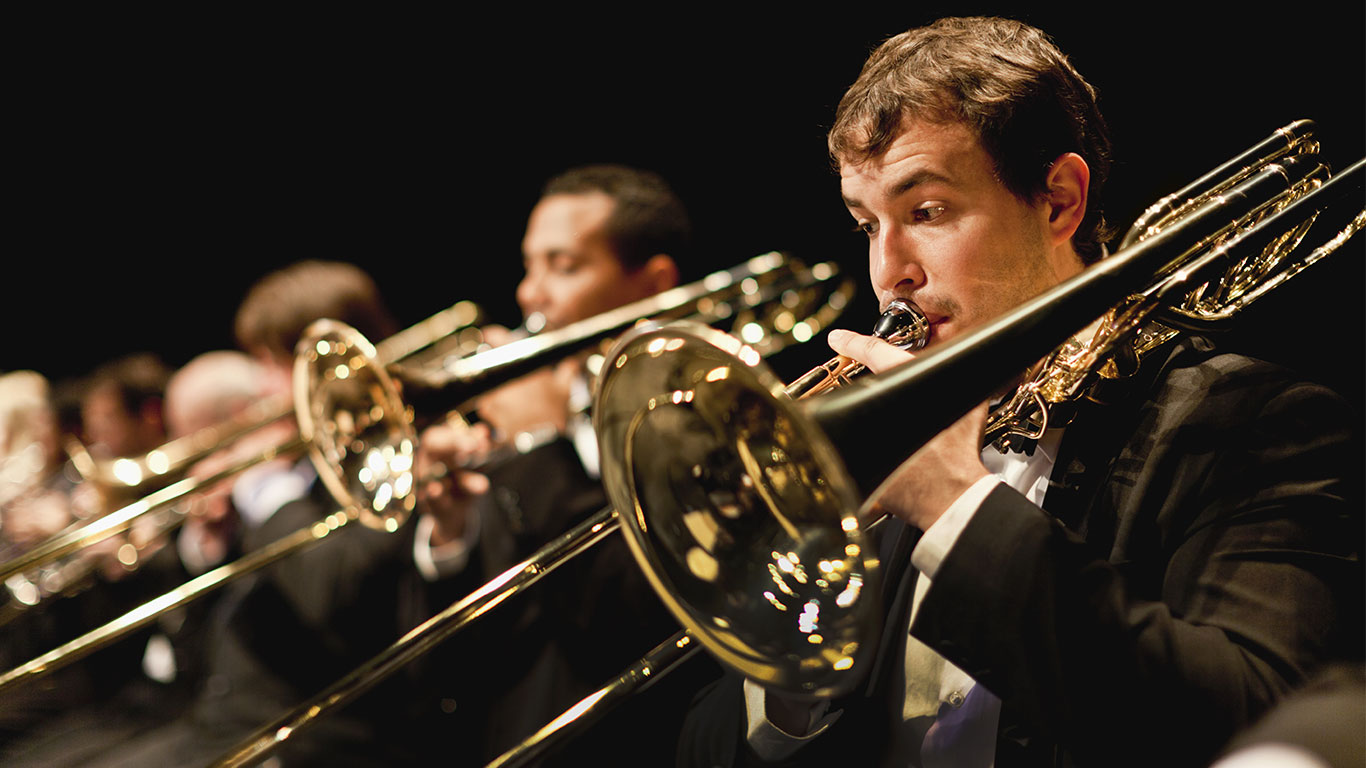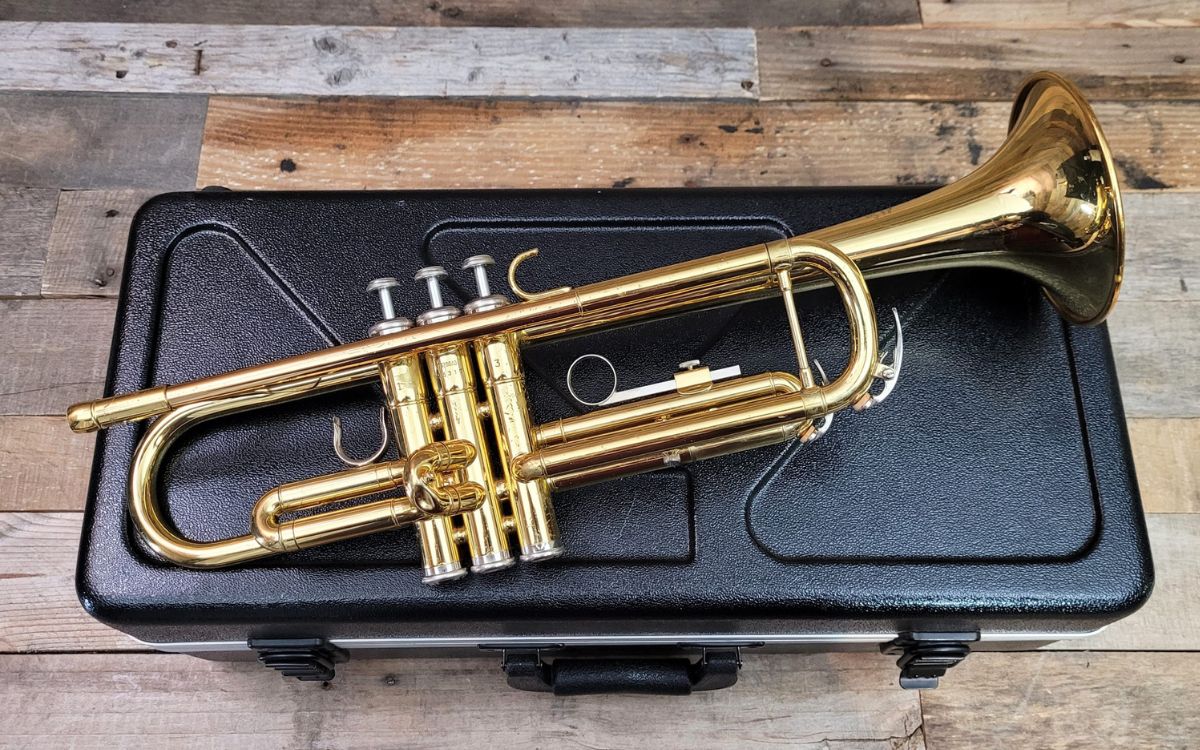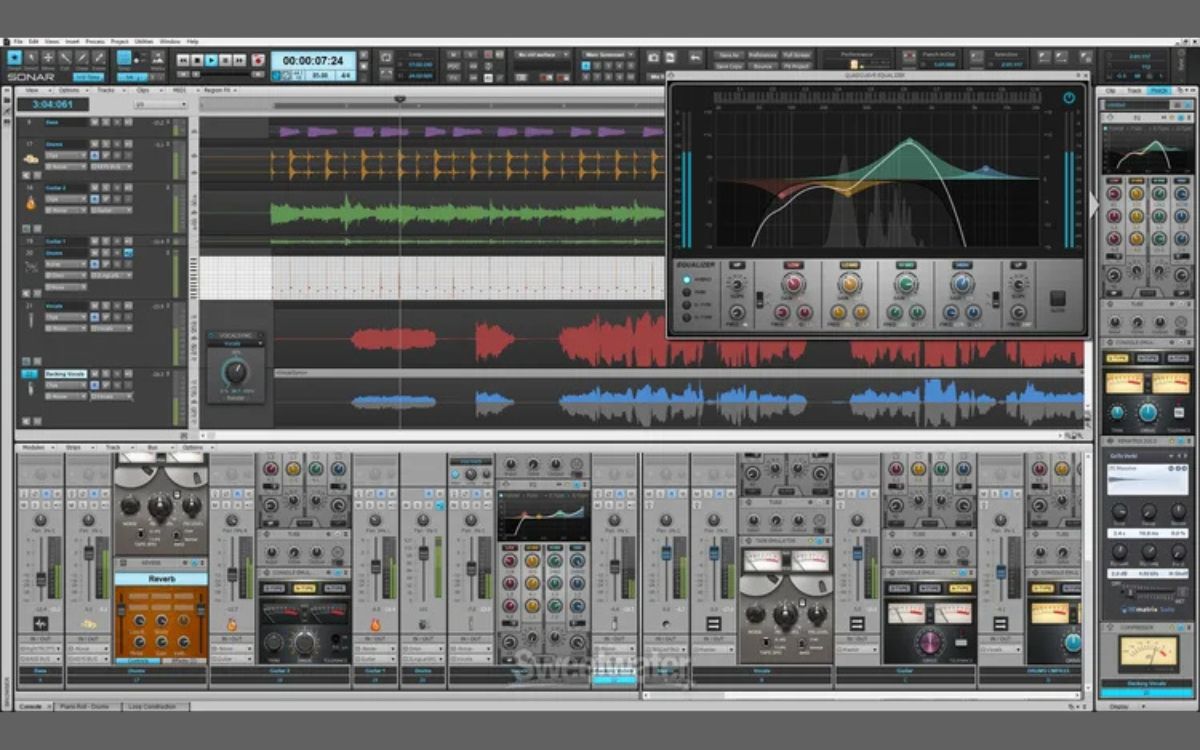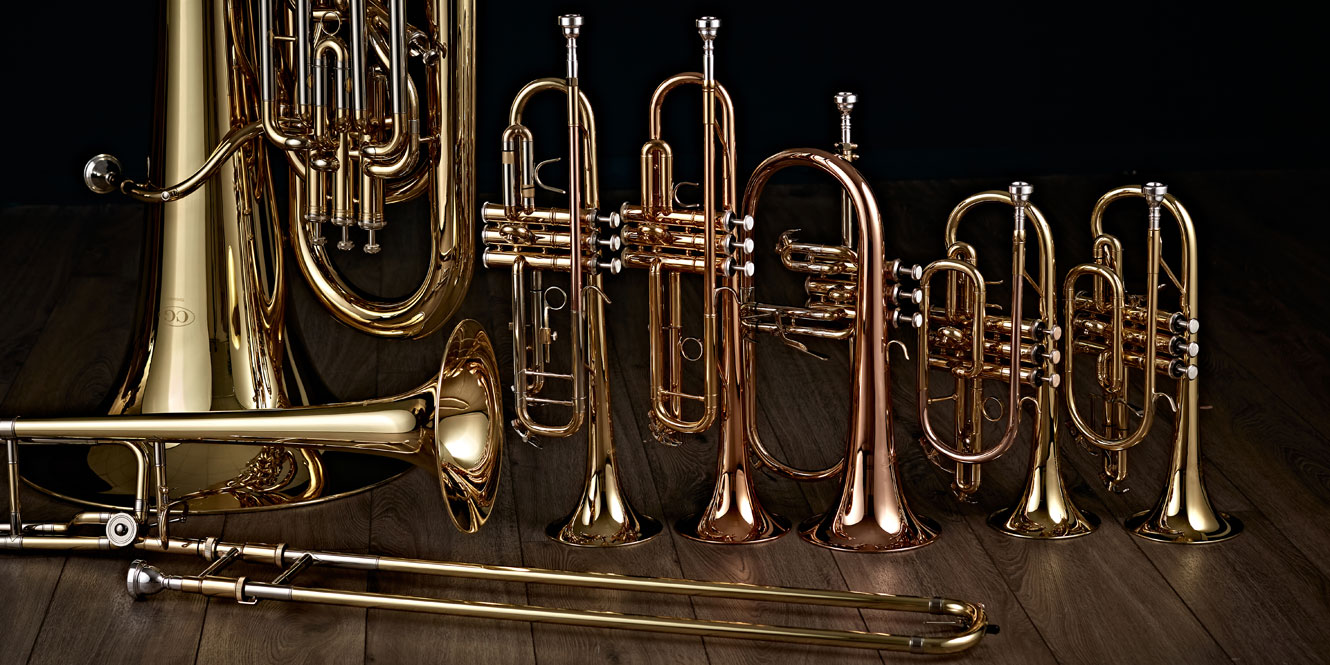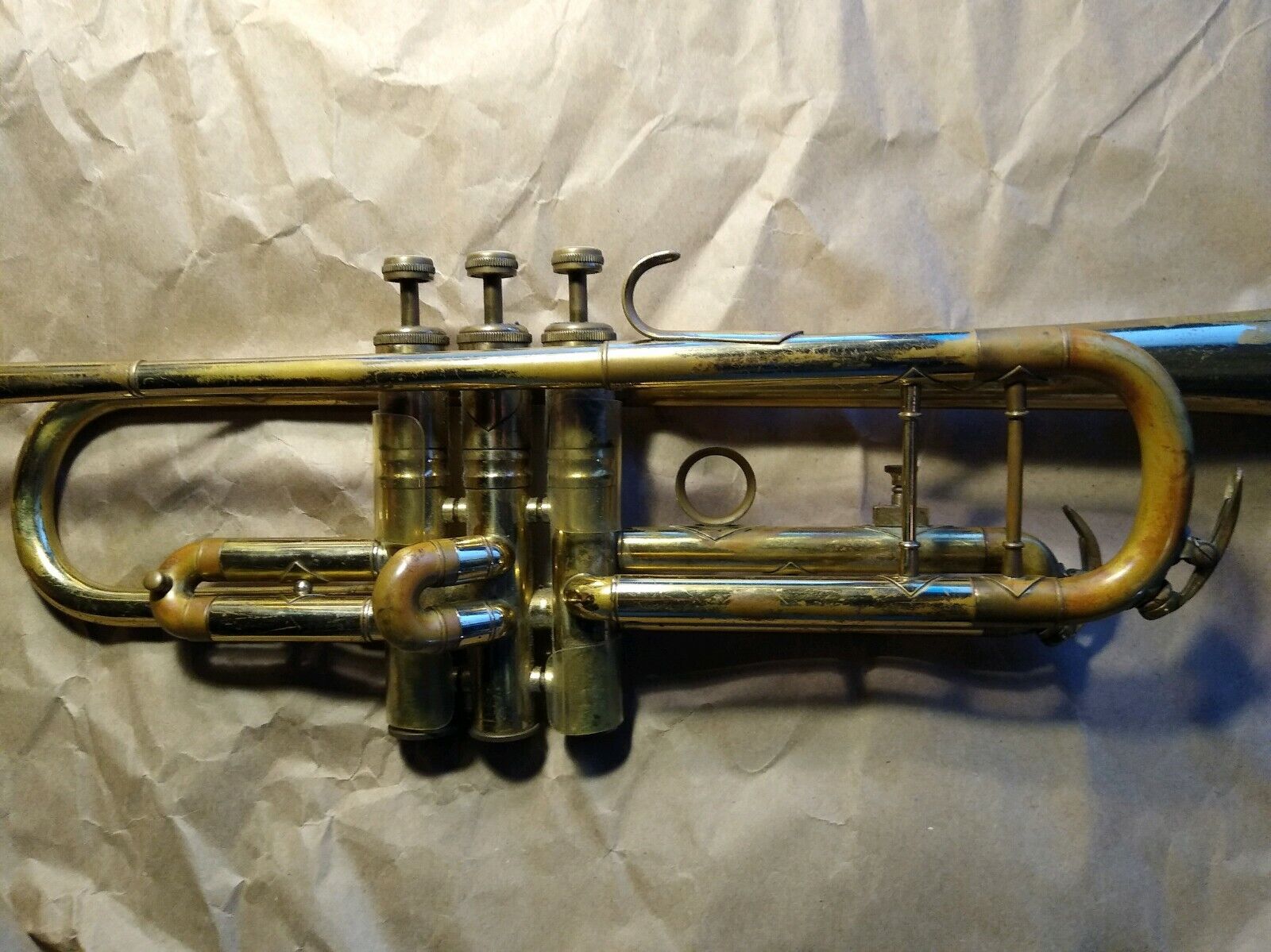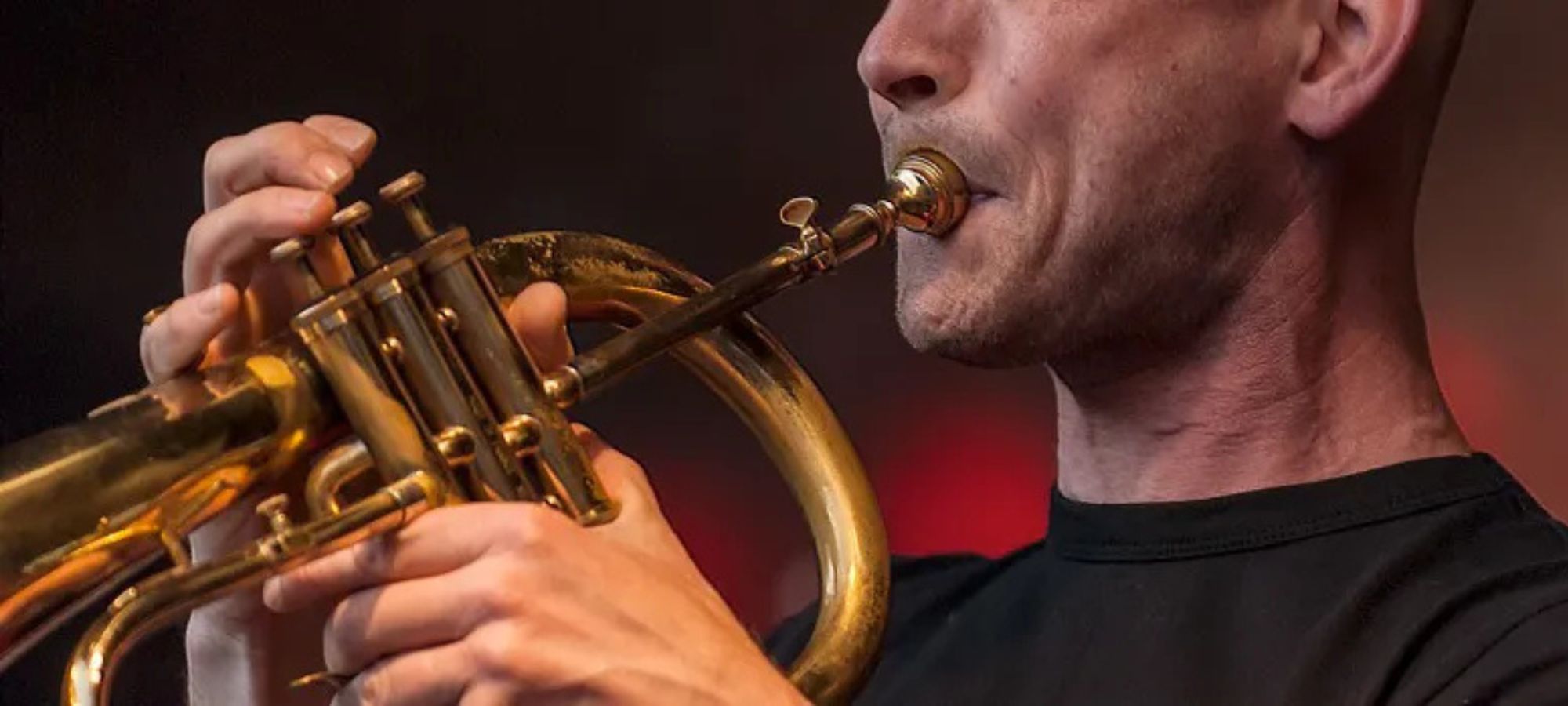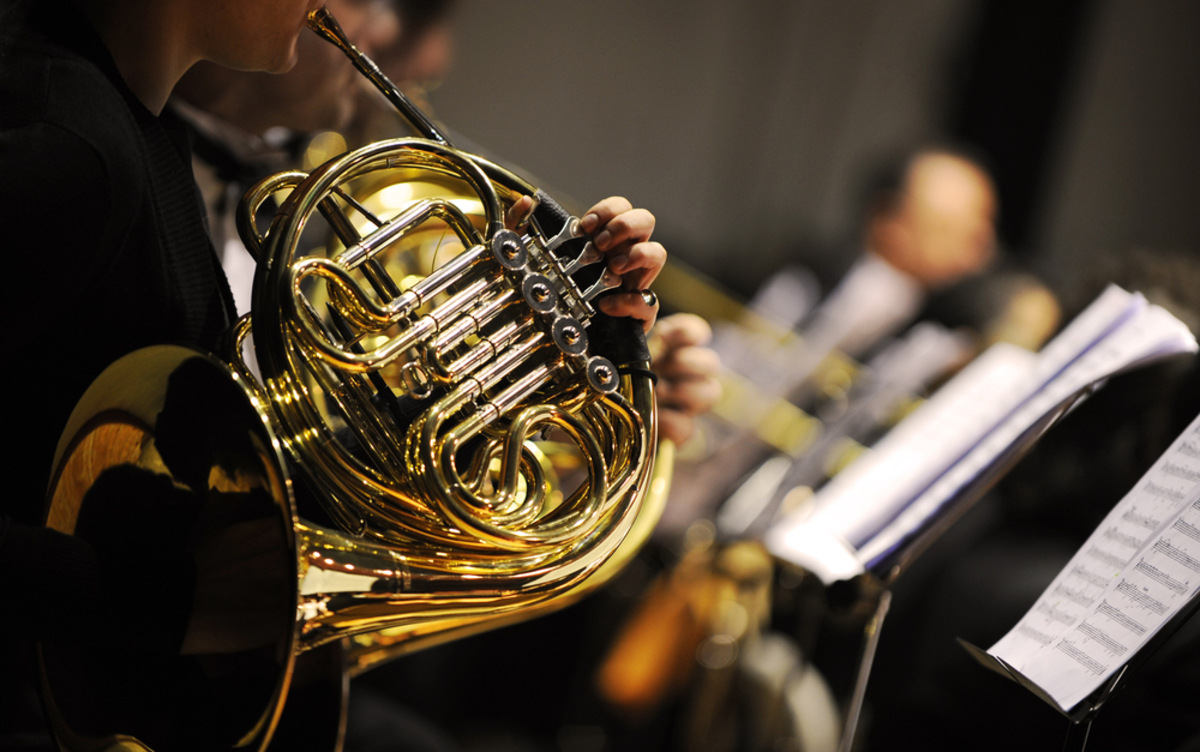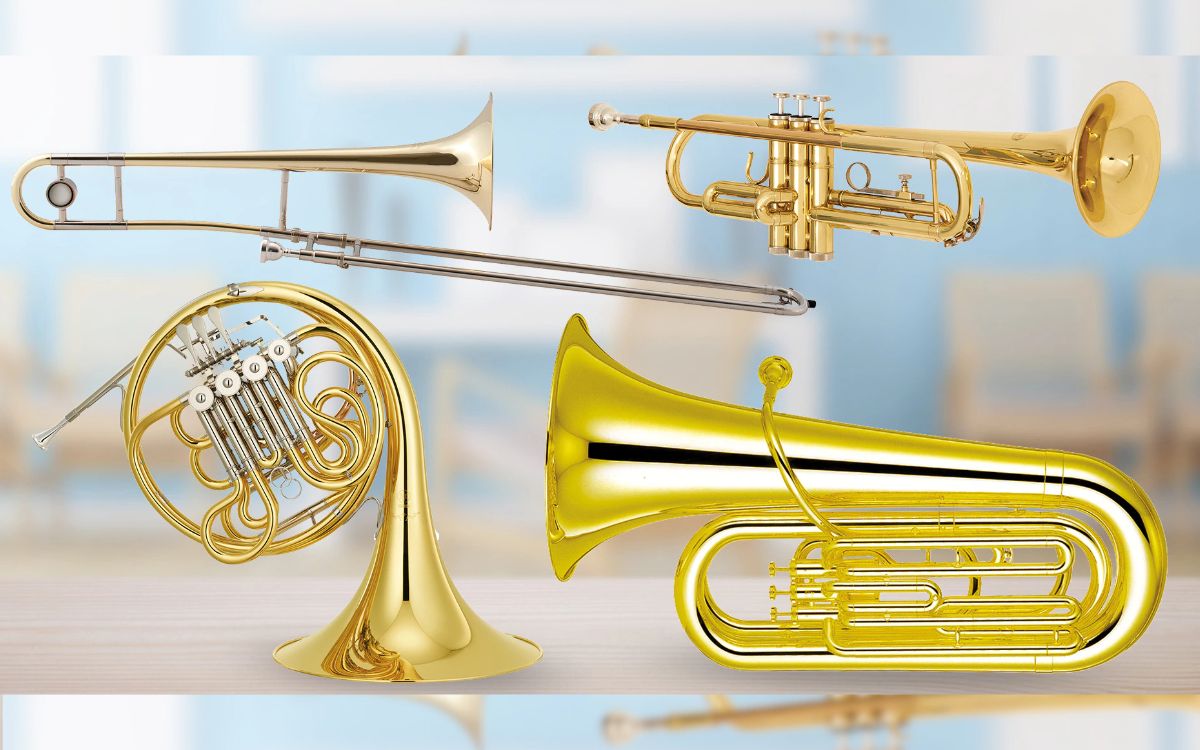Home>Instruments>Brass Instruments>Why Is Brass Used To Make Brass Instruments?


Brass Instruments
Why Is Brass Used To Make Brass Instruments?
Modified: January 22, 2024
Discover why brass is the preferred material for crafting exquisite brass instruments. Uncover the unique qualities that make brass instruments stand out in the world of music.
(Many of the links in this article redirect to a specific reviewed product. Your purchase of these products through affiliate links helps to generate commission for AudioLover.com, at no extra cost. Learn more)
Table of Contents
Introduction
Brass instruments have been captivating audiences for centuries with their rich tones and versatile sounds. From the regal trumpets to the soulful saxophones, these instruments hold a special place in the world of music. But have you ever wondered why brass is used to make brass instruments?
Well, the answer lies in the unique properties of brass itself. Brass is an alloy made primarily of copper and zinc, with small amounts of other metals like tin or lead. This combination gives brass its distinct characteristics that make it ideal for crafting musical instruments.
Throughout history, brass has been a popular choice for instrument makers due to its durability, malleability, and superior acoustic qualities. The use of brass in instrument construction dates back to ancient times, and its popularity continues to this day.
In this article, we will delve into the properties of brass, explore the historical use of brass in musical instruments, examine the acoustic properties of brass instruments, and discuss the manufacturing process of these captivating instruments. We will also highlight the advantages of using brass for musical instruments, solidifying its place as a preferred material among musicians and instrument makers.
So, join us on this journey to discover why brass is used to make brass instruments, and gain a deeper appreciation for the melodic wonders created with this remarkable alloy.
Properties of Brass
Brass is a combination of copper and zinc, and sometimes contains small amounts of other metals like tin or lead. This unique composition gives brass its distinct set of properties that make it an ideal material for the construction of musical instruments.
One of the key properties of brass is its malleability. It is a highly ductile metal, meaning it can be easily shaped and formed into intricate designs. This malleability allows instrument makers to create complex curves and bends, essential for producing the distinct shapes of brass instruments.
Brass also exhibits excellent acoustic properties. It is a relatively dense metal, which contributes to its resonant qualities. When air is blown into a brass instrument, the vibrations travel through the metal, resulting in the creation of sound waves with rich and robust tones. This is why brass instruments are renowned for their sonorous and vibrant sound.
Furthermore, brass possesses good corrosion resistance. This property is particularly important for musical instruments that come into contact with moisture and the player’s breath. The corrosion-resistant nature of brass ensures that the instruments can withstand prolonged use without deteriorating or affecting the sound quality.
Another notable property of brass is its durability. Brass instruments are often subjected to repeated moisture exposure, temperature changes, and physical stresses. The strong and resilient nature of brass helps these instruments withstand these conditions, making them long-lasting and reliable companions for musicians.
Lastly, brass exhibits a unique aesthetic appeal. Its bright golden color and lustrous finish enhance the visual appeal of the instruments, adding to their allure and elegance.
In summary, the properties of brass, including its malleability, acoustic qualities, corrosion resistance, durability, and aesthetic appeal, make it an exceptional material for crafting musical instruments. Through its unique combination of characteristics, brass ensures that instruments not only look captivating but also produce exceptional sound quality, allowing musicians to express themselves passionately through their performances.
Historical Use of Brass in Musical Instruments
The use of brass in musical instrument construction can be traced back to ancient times. Brass instruments have played an integral role in various cultures and civilizations throughout history.
One of the earliest examples of brass instruments can be found in ancient Egypt. Archaeologists have discovered brass trumpets dating back to around 1500 BCE, crafted using a mixture of copper and tin. These early instruments were used in religious ceremonies and military processions, showcasing the versatile and commanding nature of brass sound.
In ancient Greece and Rome, brass instruments such as trumpets and horns were used in both ceremonial and military contexts. These instruments were crafted using various alloys, including brass and bronze, and were often adorned with intricate engravings and decorative elements.
During the Middle Ages, brass instruments gained prominence in European music. Trumpets, trombones, and cornets became essential components of royal courts and religious ceremonies. The bright, powerful sound of brass instruments added grandeur and splendor to musical performances, making them highly sought after.
With the advent of the Renaissance period, brass instruments continued to evolve and flourish. The development of valves in the 19th century revolutionized brass instrument design, leading to the creation of the modern trumpet, trombone, and tuba. This innovation allowed for greater flexibility and range, expanding the possibilities for musicians.
Brass instruments also played a significant role in the development of jazz music in the early 20th century. Trumpets and trombones became synonymous with the lively improvisations and energetic rhythms of this genre. The expressive capabilities of brass instruments played a crucial role in shaping the distinct sound and style of jazz music.
Today, brass instruments are used in various musical genres and styles, from classical to jazz, from orchestral performances to marching bands. They continue to be cherished for their rich tones, versatility, and expressive qualities.
The historical use of brass in musical instruments showcases its enduring value and importance in the world of music. From ancient civilizations to modern-day performances, brass instruments have captivated audiences with their powerful sound and timeless beauty.
Acoustic Properties of Brass Instruments
The acoustic properties of brass instruments contribute to their distinctive sound and unique sonic characteristics. These properties play a crucial role in shaping the timbre, projection, and overall musicality of brass instruments.
One key factor is the material composition of brass, which includes copper and zinc. This combination results in a dense and resonant metal alloy that enhances the sound production. When air is blown into a brass instrument, the vibrations travel through the metal and resonate, generating sound waves with rich harmonics and a warm, mellow tone.
Another critical aspect is the shape and design of the instrument. The tubing of brass instruments is coiled and formed to create specific lengths and dimensions, which, in turn, affect the pitch and range of the instrument. The size and shape of the bell, valves, and slides also play a role in producing unique tonal qualities. The curvature and taper of the tubing contribute to the instrument’s ability to amplify and project sound efficiently.
Brass instruments are known for their ability to produce a wide dynamic range, from soft and delicate to powerful and commanding. This dynamic expression is made possible by the player’s breath control and embouchure, combined with the inherent acoustical properties of the instrument. The responsiveness of brass instruments allows musicians to achieve nuanced and expressive performances.
The acoustics of brass instruments also offer a level of versatility. With the use of different mouthpiece sizes and shapes, musicians can adjust the instrument’s sound, timbre, and playability to suit their preferences and musical requirements. This flexibility allows brass players to explore a wide range of styles and genres, from classical and orchestral music to jazz and popular music.
Additionally, brass instruments excel in harmonic playing. The harmonics produced by brass instruments occur naturally due to the overtone series. Players can manipulate these harmonics through techniques such as lip slurs, multiphonics, and half-valve techniques, creating dazzling and intricate melodic lines and cascades of harmonies.
The acoustic properties of brass instruments, including their resonant nature, dynamic range, versatility, and harmonic possibilities, make them a favored choice among musicians across genres. Whether it’s the brilliant fanfare of a trumpet, the soulful melodies of a trombone, or the warm tones of a French horn, brass instruments continue to captivate and inspire with their acoustic prowess.
Manufacturing Process of Brass Instruments
The manufacturing process of brass instruments involves several intricate steps that require meticulous craftsmanship and attention to detail. From the initial shaping of the brass components to the final assembly and finishing touches, each stage contributes to the creation of a high-quality instrument.
The process typically begins with the selection of the materials. Brass instruments are primarily made from brass, which is an alloy of copper and zinc. The ratio of these metals can vary depending on the desired sound and characteristics of the instrument. Other materials, such as silver or gold plating, may also be used for aesthetic purposes.
The first step in manufacturing is shaping the brass components. This involves the use of various hand tools and machine processes to bend, cut, and form the tubing, valves, slides, and other parts of the instrument. The craftsmen carefully shape and connect these components to ensure proper assembly and playability.
Once the components are formed, they undergo additional processes to refine their shape and improve their acoustical properties. These processes may include annealing, machinings, and polishing. Annealing involves heating the brass to a specific temperature and then slowly cooling it to reduce stress and improve malleability.
The next step is the assembly of the instrument. Skilled artisans carefully fit the valves, slides, and other intricate parts into the main body of the instrument, ensuring smooth movement and proper alignment. The joints are sealed using cork or synthetic materials to create an airtight seal, allowing the instrument to produce clear and resonant tones.
After assembly, the instrument undergoes systematic testing and quality control measures. This includes checking for proper pitch, intonation, response, and overall playability. Any necessary adjustments are made to ensure optimal performance before the instrument is deemed ready for the final stages.
The final stages of manufacturing involve the application of finishes and decorative elements. These can include lacquering, plating, engraving, and adding ornamental embellishments. These aesthetic touches enhance the instrument’s appearance and protect it from tarnishing, as well as adding a personal touch of artistry.
Once the instrument has been thoroughly inspected and finished, it is packaged and prepared for distribution. Each instrument undergoes careful packaging to protect it during transportation and ensure it arrives in pristine condition to its new owner.
The manufacturing process of brass instruments is a labor-intensive and precise art that combines traditional craftsmanship with modern techniques. The attention to detail, skillful assembly, and dedication to quality contribute to the creation of instruments that not only look beautiful but also produce exceptional sound and performance.
Advantages of Using Brass for Musical Instruments
The use of brass in the construction of musical instruments offers numerous advantages that contribute to their superior quality and performance. From its durability and versatility to its aesthetic appeal, brass has become a preferred material among musicians and instrument makers alike.
One of the key advantages of using brass is its durability. Brass instruments are designed to withstand the rigors of regular use, making them reliable companions for musicians. Whether it’s the rough handling of marching bands or the constant moisture exposure in jazz clubs, brass instruments maintain their structural integrity and continue to produce exceptional sound.
Brass also offers excellent malleability, allowing instrument makers to craft intricate designs and shapes. This flexibility in shaping the metal enables the creation of instruments with optimal acoustics, precise intonation, and easy playability. Musicians can effortlessly produce a wide range of tones and achieve expressive performances.
The acoustic properties of brass contribute to the superior sound quality of brass instruments. The dense nature of brass enhances resonance and projection, resulting in rich, warm tones and excellent volume control. The ability to achieve both delicate subtlety and powerful projection is a hallmark of brass instruments, making them versatile for various musical genres and performance settings.
Aside from its performance advantages, brass instruments also offer aesthetic appeal. The bright golden color and lustrous finish of brass instruments make them visually striking and captivating on stage. The intricate engravings and ornamental details further enhance their visual allure, adding to the overall artistic experience.
Brass instruments are also known for their easy maintenance. The corrosion-resistant nature of brass reduces the risk of tarnish and deterioration. Routine cleaning and maintenance help preserve the instrument’s longevity and ensure optimal performance.
Furthermore, the availability and affordability of brass make it a practical choice for instrument makers. The abundance of copper and zinc, the primary components of brass, ensures a consistent supply of materials. This accessibility allows for cost-effective production while maintaining high-quality standards.
Finally, the long-standing tradition and familiarity of brass instruments make them readily recognized and widely appreciated by musicians and audiences alike. From classical orchestras to jazz bands, the distinctive sound and appearance of brass instruments add character and depth to musical compositions.
In summary, the advantages of using brass for musical instruments, including its durability, malleability, acoustic properties, aesthetic appeal, and easy maintenance, make it a preferred choice among musicians and instrument makers. Brass instruments continue to exemplify excellence in sound production, artistic craftsmanship, and musical expression.
Conclusion
Brass instruments have withstood the test of time and continue to captivate listeners with their rich tones and versatile sound. The choice to use brass in the construction of these instruments is not arbitrary; it is based on the remarkable properties that this alloy possesses.
Throughout history, brass has proven to be a durable and malleable material, allowing for the creation of intricate designs and precise acoustics. The resonant nature of brass contributes to the vibrant sound and dynamic range that brass instruments are renowned for. From the regal trumpets to the expressive saxophones, brass instruments offer a wide palette of tones that can convey a range of emotions and musical expressions.
The manufacturing process entails skilled craftsmanship, attention to detail, and a deep appreciation for both artistry and functionality. From shaping the brass components to the final assembly and finishing touches, instrument makers employ their expertise to create instruments of exceptional quality and playability.
Furthermore, the advantages of using brass extend beyond its acoustic properties. Brass instruments possess an aesthetic appeal that enhances their visual impact on stage. The golden hue and lustrous finish of brass instruments add to their allure and make them a captivating sight for both players and audiences.
Brass instruments have played a vital role in various musical traditions and continue to be an integral part of diverse genres and ensembles. From classical orchestras to jazz bands, brass instruments are versatile tools in the hands of talented musicians, enabling them to express themselves creatively and bring their performances to life.
In conclusion, the use of brass to construct brass instruments is a testament to the alloy’s unique properties, including durability, malleability, acoustic excellence, aesthetic appeal, and ease of maintenance. By harnessing the power of brass, musicians can create majestic melodies that resonate with the hearts of listeners, ensuring that brass instruments will continue to shine in the world of music for generations to come.


